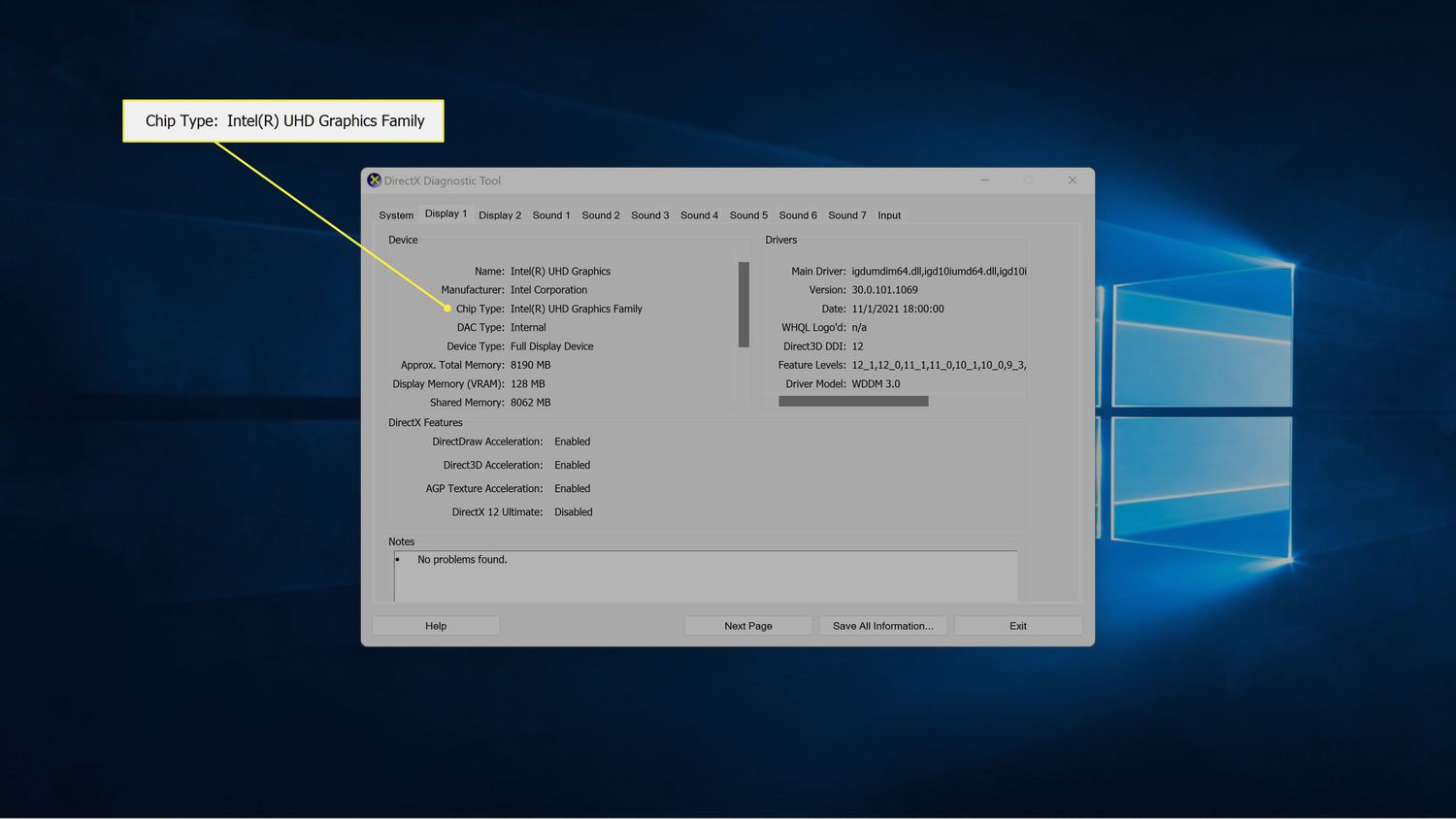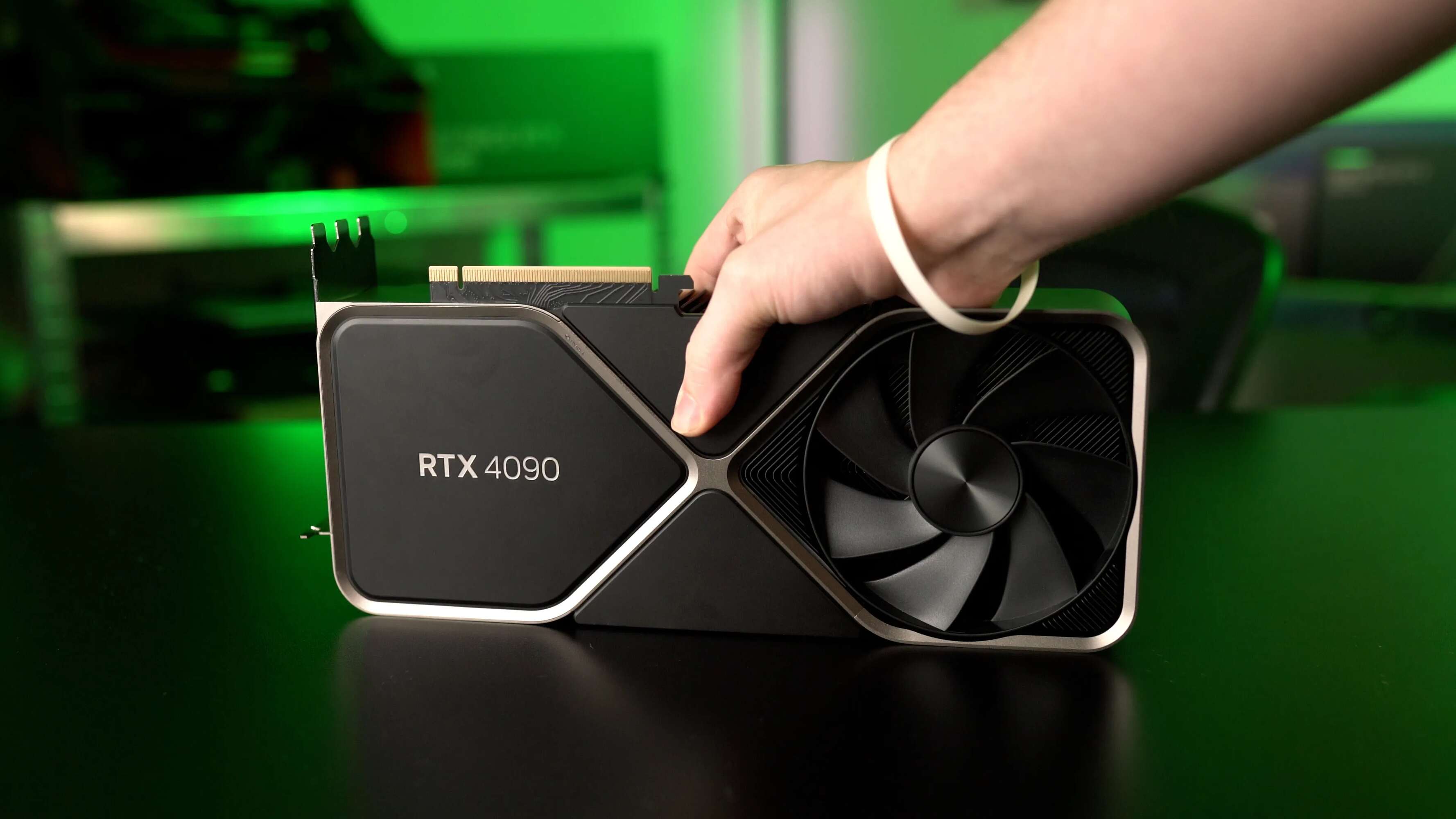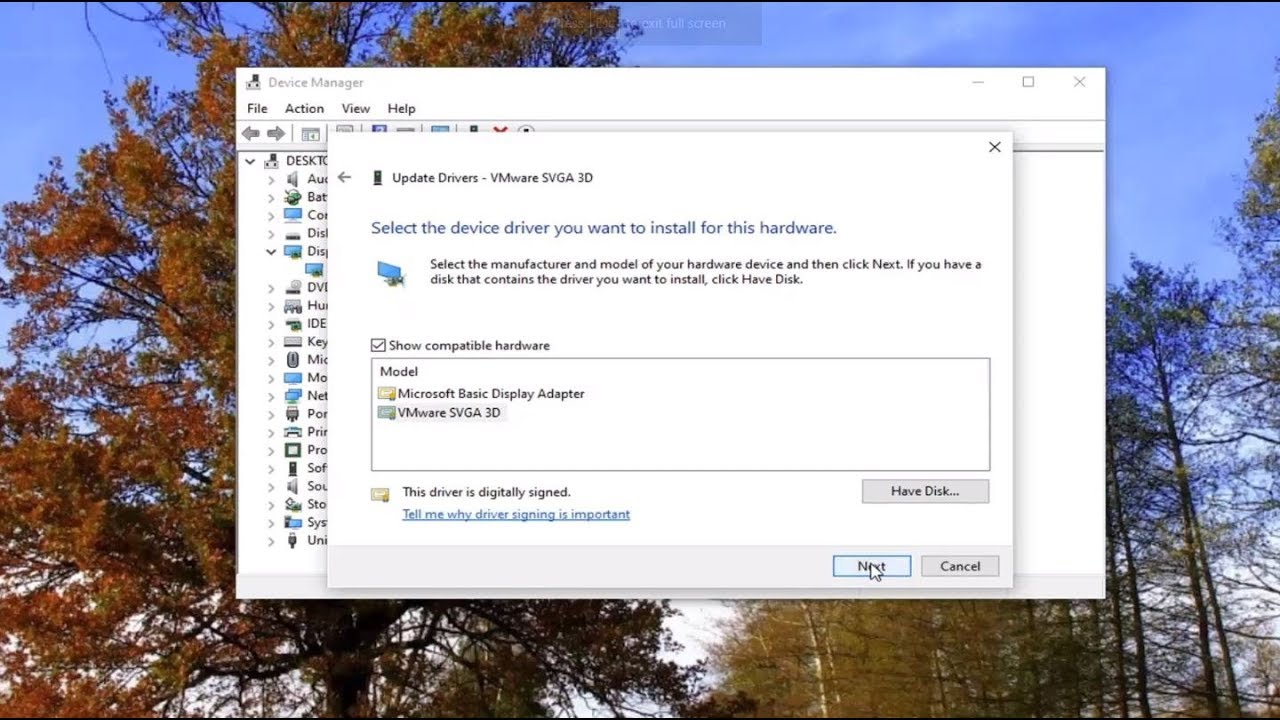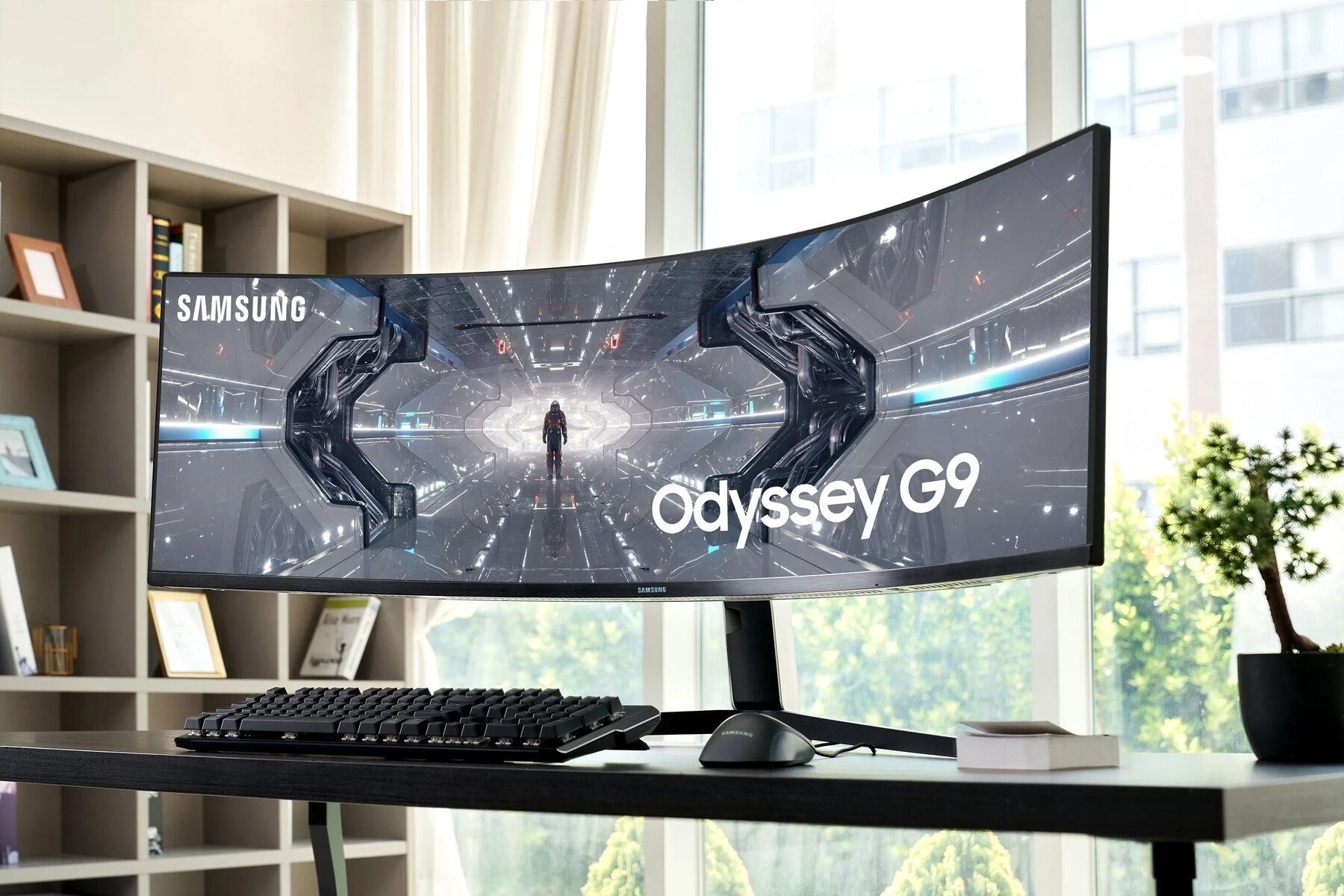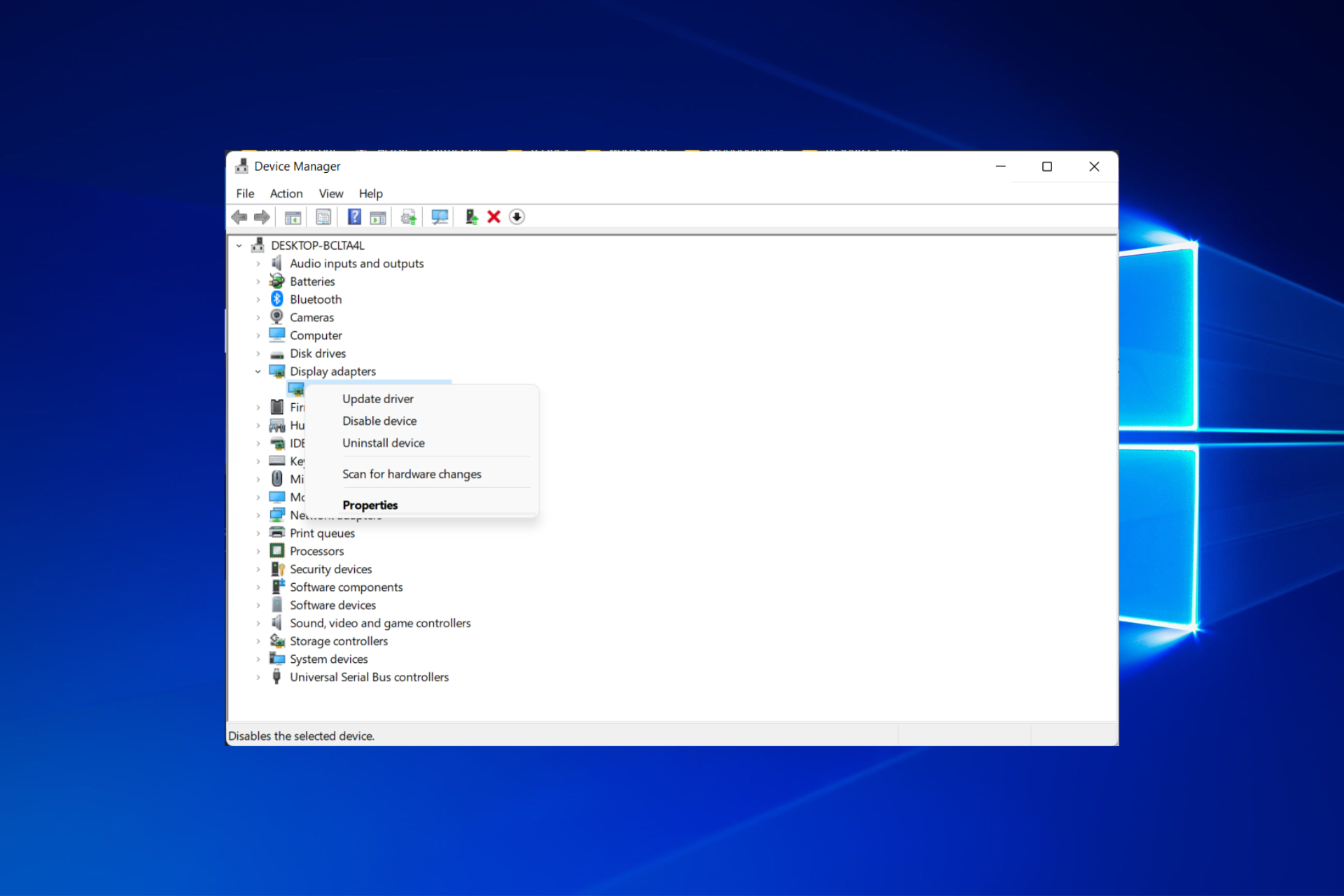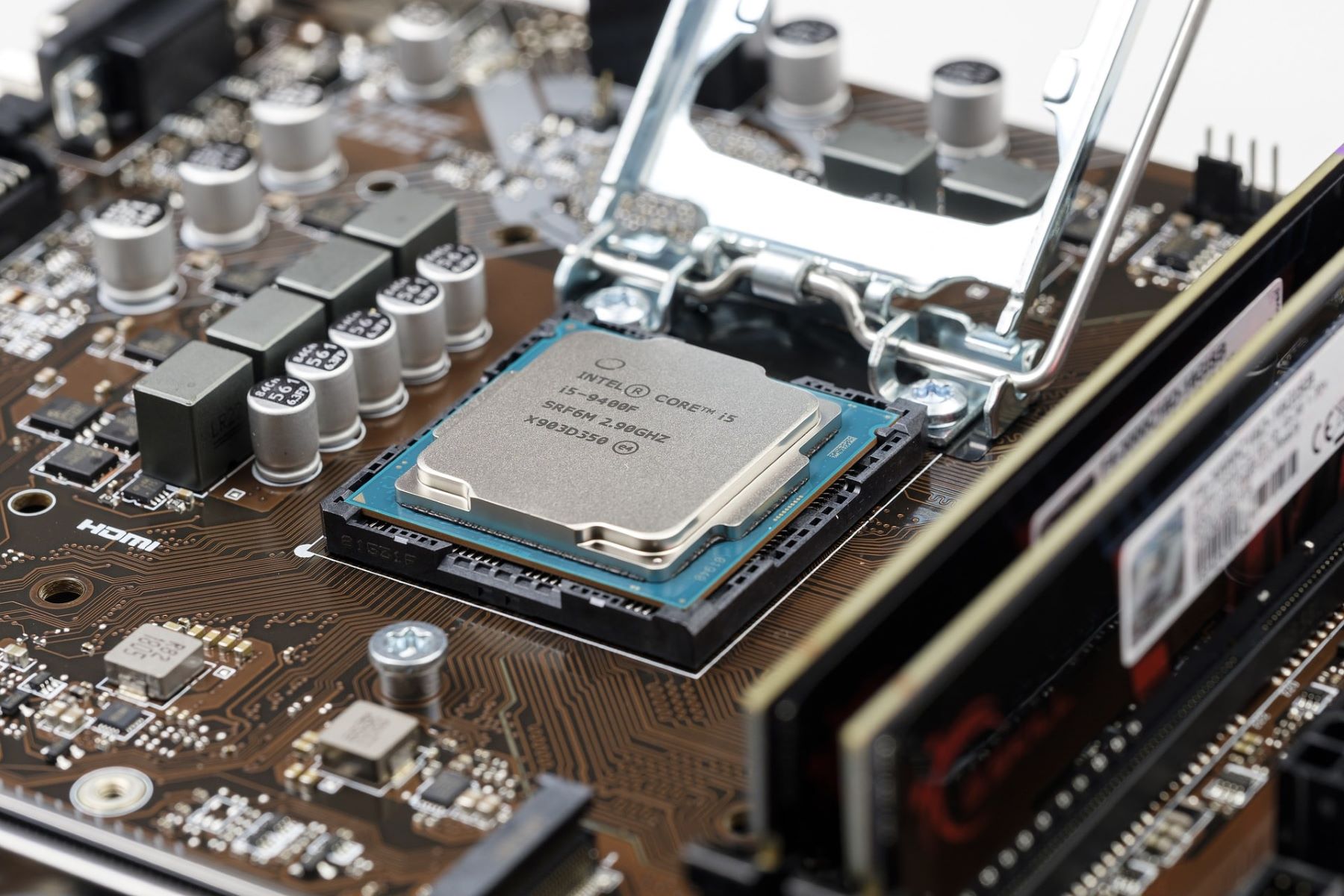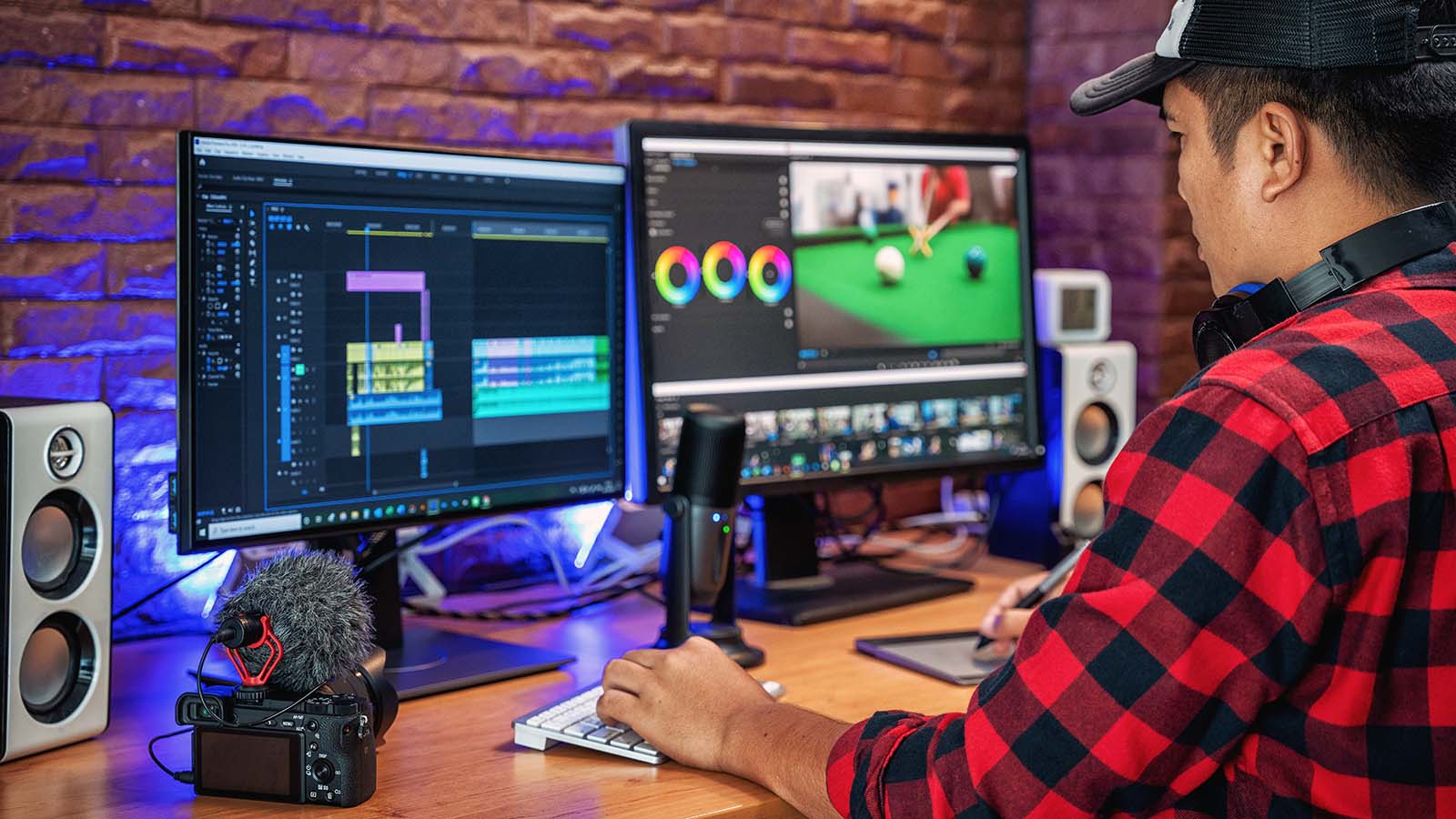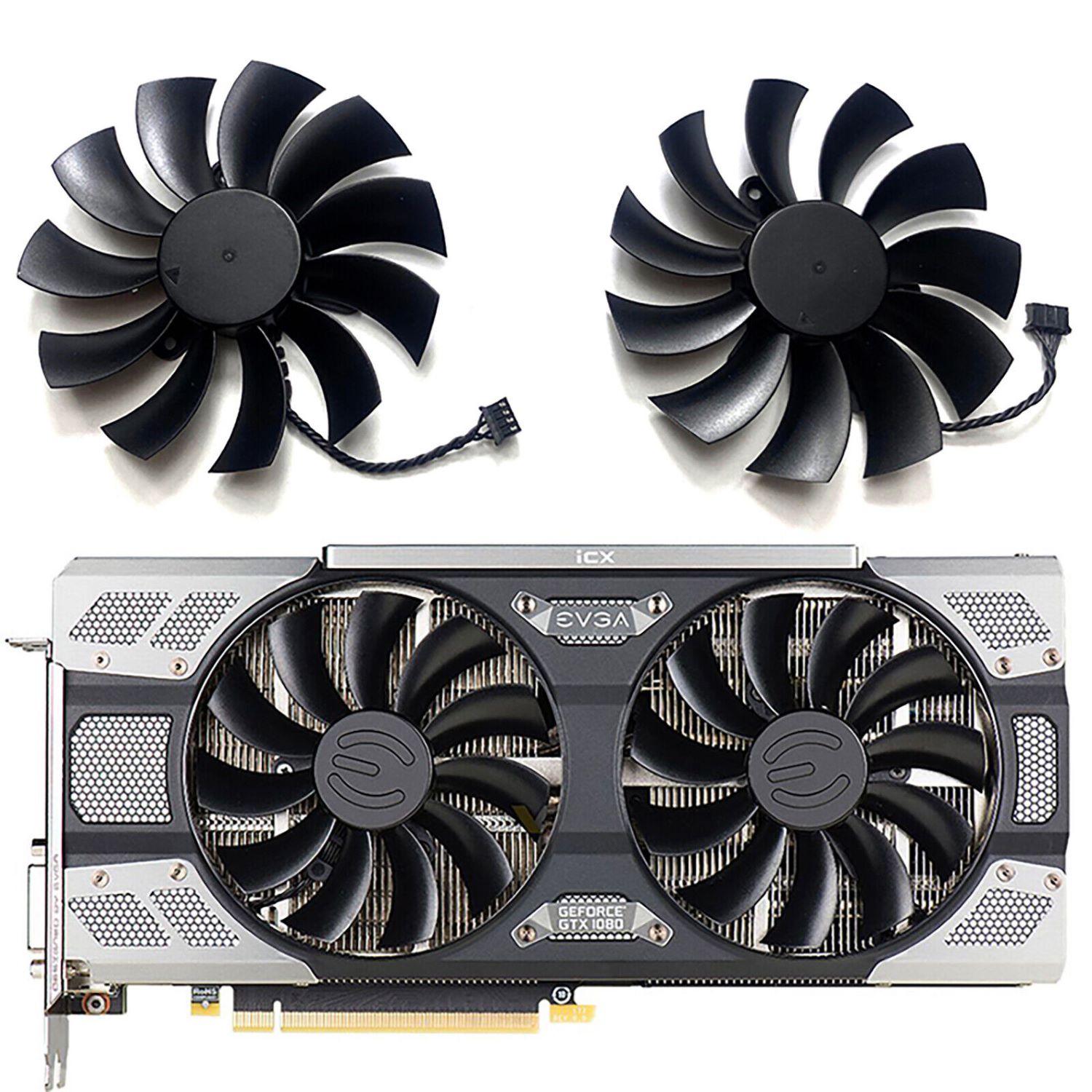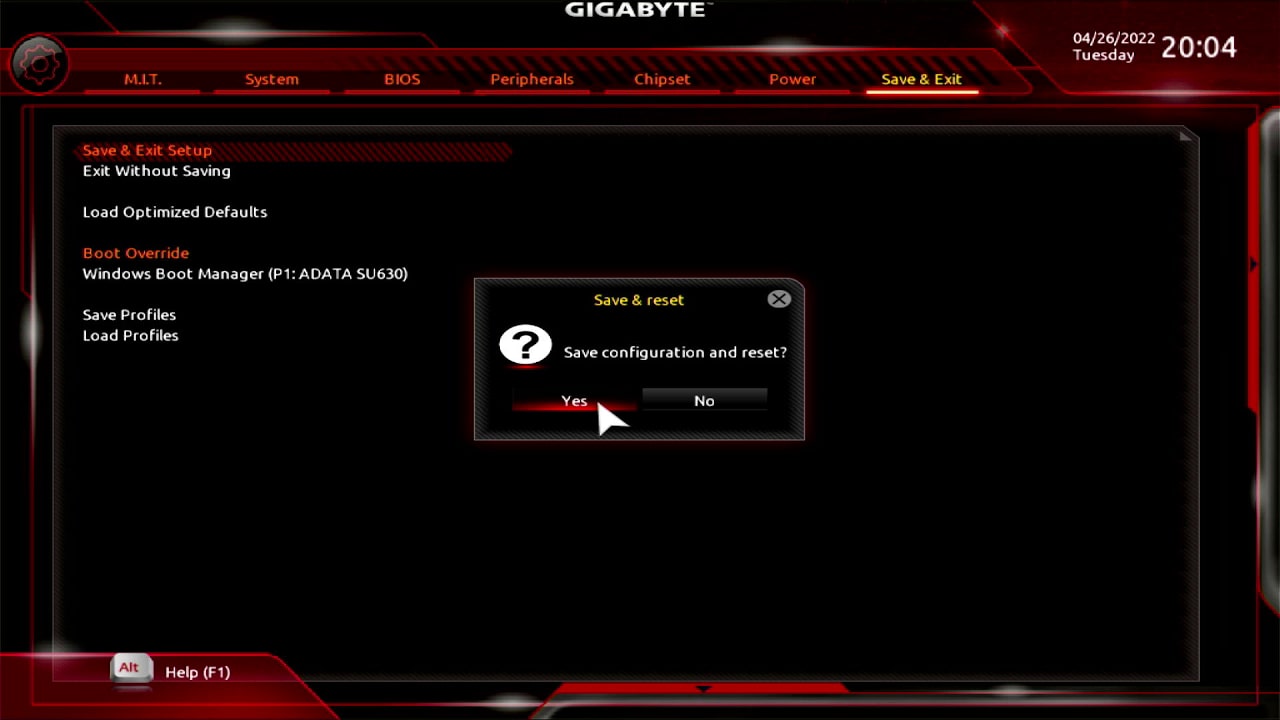Introduction
When it comes to troubleshooting or upgrading your computer’s graphics capabilities, knowing the exact details of your graphics card is essential. Whether you are a gamer looking to optimize performance or a professional designer requiring specific system requirements, identifying your graphics card is the first step in unlocking its potential.
Fortunately, there are several easy methods you can use to check the exact model and specifications of your graphics card. In this article, we will explore various techniques to help you identify your graphics card, including using the Windows Device Manager, DirectX Diagnostic Tool, GPU-Z software, CPU-Z software, as well as specific methods for checking NVIDIA, AMD, and Intel graphics cards.
By knowing the exact graphics card you have, you can ensure that you are using the most up-to-date drivers, troubleshoot any performance issues, and make informed decisions about whether an upgrade is necessary. Additionally, understanding the specifications of your graphics card can help you determine if your system can handle the requirements of new software or games.
Now, let’s dive into the different methods that will empower you to check the exact model and specifications of your graphics card, regardless of whether you are using a Windows-based or Mac-based system.
Method 1: Using Windows Device Manager
The Windows Device Manager is a built-in tool that displays a detailed list of all the hardware components of your computer, including the graphics card. This method is applicable for Windows users. Here’s how you can check your graphics card using the Windows Device Manager:
1. Open the Windows start menu by clicking on the Windows icon at the bottom left corner of your screen.
2. Search for “Device Manager” and click on the matching result to open the Device Manager window.
3. In the Device Manager, locate and expand the “Display adapters” category. This will reveal the graphics card installed on your computer.
4. Right-click on the graphics card device and select “Properties” from the context menu.
5. A new window will appear, displaying the properties of your graphics card. Navigate to the “Driver” tab.
6. In the Driver tab, you will find useful information about your graphics card, including the manufacturer and model name, driver version, and the date it was installed.
7. Take note of the graphics card model name, as this will help you identify its exact specifications and perform further research if needed.
The Windows Device Manager is a simple and effective method to quickly check the details of your graphics card. However, please note that while it provides basic information, it may not provide detailed specifications such as the VRAM size or clock speeds.
In the next section, we will explore another method using the DirectX Diagnostic Tool, which can provide more comprehensive information about your graphics card.
Method 2: Using DirectX Diagnostic Tool
The DirectX Diagnostic Tool is a powerful built-in utility in Windows that provides detailed information about your computer’s DirectX components, including your graphics card. This method is applicable for Windows users. Here’s how you can check your graphics card using the DirectX Diagnostic Tool:
1. Press the Windows key + R on your keyboard to open the Run dialog box.
2. Type “dxdiag” in the text field and press Enter.
3. The DirectX Diagnostic Tool window will appear, displaying information about your computer’s hardware and software.
4. Navigate to the “Display” tab. Here, you will find detailed information about your graphics card, including the manufacturer, model, driver version, and the amount of video memory (VRAM) available.
5. Take note of the graphics card model, as this will help you identify its exact specifications.
6. To obtain even more information about your graphics card, click on the “Save All Information” button. This will save a comprehensive report in text format, which you can refer to later or share with technical support if needed.
The DirectX Diagnostic Tool provides a more detailed overview of your graphics card, including the VRAM size, which can be crucial information for understanding its performance capabilities. This tool is especially useful when troubleshooting graphics-related issues or when you need to provide accurate details about your graphics card for software or game requirements.
In the next section, we will explore using GPU-Z software as another method to check the exact details of your graphics card.
Method 3: Using GPU-Z Software
GPU-Z is a popular third-party software tool specifically designed for providing in-depth information about graphics cards. It is a useful tool for both novice and advanced users who want to check the exact details of their graphics card. Here’s how you can use GPU-Z to identify your graphics card:
1. Download and install GPU-Z software from the official website (https://www.techpowerup.com/gpuz).
2. Once installed, launch GPU-Z on your computer.
3. The main GPU-Z window will open, displaying a wealth of information about your graphics card.
4. In the “Graphics Card” tab, you will find details such as the graphics card model, manufacturer, BIOS version, core clock, memory clock, and more.
5. Additionally, GPU-Z provides information on the GPU architecture, manufacturing process, driver version, and DirectX support.
6. You can also monitor real-time graphics card parameters, such as temperature, fan speed, and GPU usage, using the “Sensors” tab.
7. GPU-Z also offers extensive validation and export options, allowing you to save reports, take screenshots, and compare your graphics card with others.
Using GPU-Z software provides a comprehensive and detailed overview of your graphics card’s specifications, allowing you to make informed decisions about compatibility, performance optimization, and potential upgrades. It is a valuable tool for gamers, overclockers, and technical enthusiasts who require precise information about their graphics card.
In the next section, we will explore another software tool called CPU-Z, which can be used to check the exact details of your graphics card as well as other system components.
Method 4: Using CPU-Z Software
CPU-Z is a popular utility that provides detailed information about various hardware components of your computer, including the graphics card. While its main focus is on the CPU, it also offers valuable insights into your graphics card’s specifications. Here’s how you can use CPU-Z to check the exact details of your graphics card:
1. Download and install CPU-Z software from the official website (https://www.cpuid.com/softwares/cpu-z.html).
2. Once installed, launch CPU-Z on your computer.
3. CPU-Z will open with the “CPU” tab selected, displaying information about your processor. To access information about your graphics card, click on the “Graphics” tab.
4. In the “Graphics” tab, you will find essential details about your graphics card, including the manufacturer, model, GPU codename, memory size, memory type, and GPU clock speeds.
5. Additionally, CPU-Z provides information about the DirectX version supported by your graphics card, as well as the driver version installed on your system.
6. The tool also displays real-time monitoring of your GPU’s clock speeds and temperature under the “Sensors” tab.
7. CPU-Z offers the ability to save detailed reports in various formats for future reference or technical support purposes.
By using CPU-Z software, you can obtain specific information about your graphics card’s specifications, GPU capabilities, and driver versions. This knowledge can aid in troubleshooting graphics-related issues, determining compatibility with software or games, and making informed decisions about potential upgrades.
In the next sections, we will explore specific methods for checking NVIDIA, AMD, and Intel graphics cards.
Method 5: Checking NVIDIA Graphics Card
If you have an NVIDIA graphics card installed on your computer, there are a few specific methods you can use to check its exact details and specifications. Here’s how you can check your NVIDIA graphics card:
1. Right-click on your desktop and select “NVIDIA Control Panel” from the context menu. This will open the NVIDIA Control Panel.
2. In the NVIDIA Control Panel, navigate to the “System Information” section. Here, you will find detailed information about your graphics card, including the model name, driver version, and VRAM size.
3. Alternatively, you can also use the NVIDIA GeForce Experience software. Launch the software and click on the “Drivers” tab. This will display information about your graphics card, including the model name and the installed driver version.
4. Another way to check your NVIDIA graphics card is through the System Information utility. Press the Windows key + R to open the Run dialog box, then type “msinfo32” and press Enter. In the System Information window, navigate to “Components” > “Display”. Here, you will find relevant information about your NVIDIA graphics card, including the model name and driver version.
These methods will provide you with accurate details about your NVIDIA graphics card, allowing you to keep track of driver updates, determine compatibility with software or games, and troubleshoot any issues that may arise.
In the next section, we will explore a similar method for checking AMD graphics cards.
Method 6: Checking AMD Graphics Card
If you have an AMD graphics card installed on your computer, there are specific methods you can use to check its exact details and specifications. Here’s how you can check your AMD graphics card:
1. Right-click on your desktop and select “AMD Radeon Settings” from the context menu. This will open the AMD Radeon Settings control panel.
2. In the AMD Radeon Settings control panel, click on the “System” tab. Here, you will find information about your graphics card, including the model name, driver version, and VRAM size.
3. Another way to check your AMD graphics card is through the Device Manager. Open the Device Manager by right-clicking on the Start button and selecting “Device Manager” from the menu. Expand the “Display adapters” category to reveal your AMD graphics card. Right-click on it and select “Properties”. In the Properties window, navigate to the “Driver” tab to view information about your AMD graphics card, including the model name and driver version.
4. You can also use third-party software like GPU-Z or CPU-Z, as mentioned earlier, to check the specifications of your AMD graphics card. These tools will provide you with detailed information about the model, memory size, clock speeds, and more.
By using these methods, you can easily determine the model and specifications of your AMD graphics card, allowing you to stay up-to-date with driver updates, ensure compatibility with software or games, and address any performance issues that may arise.
In the next section, we will explore how to check Intel integrated graphics cards.
Method 7: Checking Intel Graphics Card
If you have an Intel integrated graphics card, checking its exact details and specifications is slightly different compared to dedicated graphics cards. Here’s how you can check your Intel graphics card:
1. Right-click on your desktop and select “Graphics Properties” or “Graphics Options” from the context menu. This will open the Intel Graphics Control Panel.
2. In the Intel Graphics Control Panel, navigate to the “System” or “Information” tab. Here, you will find information about your Intel graphics card, including the model name, driver version, and VRAM size.
3. Another way to check your Intel graphics card is through the Device Manager. Open the Device Manager by right-clicking on the Start button and selecting “Device Manager” from the menu. Expand the “Display adapters” category to reveal your Intel graphics card. Right-click on it and select “Properties”. In the Properties window, navigate to the “Driver” tab to view information about your Intel graphics card, including the model name and driver version.
4. You can also use third-party software like GPU-Z or CPU-Z to check the specifications of your Intel graphics card. These tools will provide you with detailed information about the model, memory size, clock speeds, and more.
By using these methods, you can easily determine the model and specifications of your Intel integrated graphics card. This information can be valuable for driver updates, software compatibility, and troubleshooting graphics-related issues.
In this article, we have explored various methods for checking the exact details of different graphics cards, including NVIDIA, AMD, and Intel. By knowing the specifics of your graphics card, you can make informed decisions about system optimizations, software requirements, and potential upgrades.
Remember to utilize the appropriate method based on your specific graphics card type, and always keep your graphics card drivers up to date for optimal performance and compatibility.
Conclusion
In this article, we have explored several methods for checking the exact details of your graphics card. Whether you are using a Windows-based or Mac-based system, these methods will help you identify your graphics card model, manufacturer, driver version, VRAM size, and other important specifications.
Using the Windows Device Manager, DirectX Diagnostic Tool, GPU-Z software, CPU-Z software, and specific methods for checking NVIDIA, AMD, and Intel graphics cards, you can gather the necessary information to optimize performance, troubleshoot issues, and make informed decisions about potential upgrades.
By knowing the specifics of your graphics card, you can ensure that you are using the most up-to-date drivers, determine compatibility with software or games, and address any performance concerns that may arise.
Remember, regularly updating your graphics card drivers is crucial for maintaining optimal performance and compatibility with the latest software updates and games.
It is also worth noting that while these methods provide valuable information, it is always recommended to refer to the official manufacturer’s website or consult technical support for the most accurate and up-to-date details about your graphics card.
By utilizing the methods outlined in this article, you can stay informed about the exact specifications of your graphics card and unleash its full potential.







